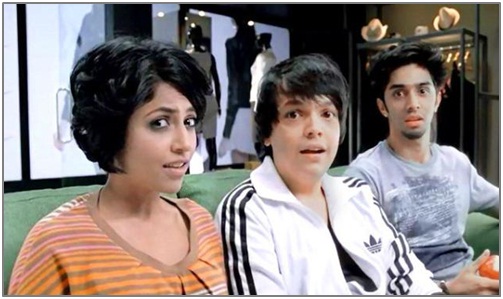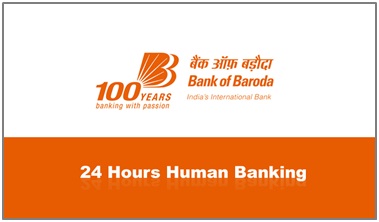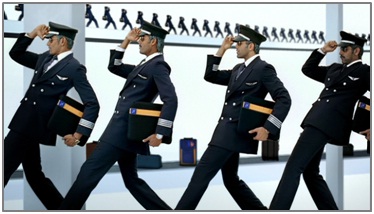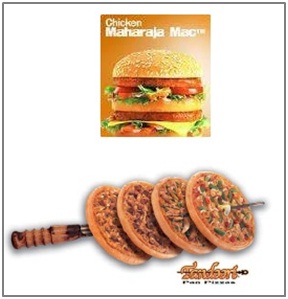- Articles ›
- Marketing and Strategy ›
- Marketing Strategies & Innovations In The Services Sector Articles
Marketing Strategies & Innovations In The Services Sector
Steve Jobs got it just right when he said, “You can’t just ask customers what they want and then try to give that to them. By the time you will get it built, they’ll want something new.” This statement, coming from the CEO of perhaps one of the world’s most respected companies is a direct reflection of the changing dynamics of how organizations perceive their customers today.
In a bid to satisfy the needs of the customers and cater to their wish-lists, organizations regularly re-visit their offerings. And this appears to be truer when it comes to the services sector than any other industry segment, wherein due to the close and direct association with the end customers, the service providers are constantly kept on their toes and expected to provide consistent and wherever possible, better services.

As an example, when Fred Smith came up with the idea of overnight delivery of packages, freight forwarders rejected the idea because no one had asked for it. Yet Federal Express became a successful company by anticipating customer needs and proactively creating the services to address them.
In the context of this article, what is important to realize at the very outset is what Theodore Levitt once famously said, “There are no such things as services industries. There are only service industries whose service components are greater than or less than those of other industries. Everybody is in service.” This basically means that everything under the sun, from salt and soft drinks to consultancy and teaching falls under the purview of the services industry, albeit the extent to which the services are provided in each of them may vary.
Adding further to the idea shared above, with changing dynamics in the current market scenario, one of the promising ways to support market success is innovations originating from the needs of the customers. The established division between product-oriented and service-oriented business is blurring as traditional products are equipped with service elements that bring additional value to customers. Today, the customer has to be kept satisfied always; selling the product once is not enough.
Competition Breeds Convenience: Moreover, there is stiff competition which is omnipresent in every industry falling under this category and the end result is service providers vying for every last penny in the customer’s wallet. There is competition today from across the segments in the same industry as well. For example, hospitals are given a stiff competition by walk – in clinics; local round – the – corner general stores are facing the heat due to the advent of large scale retail in India. Therefore, it has become all the more important today to differentiate one’s products and services from others. And probably the one thing that attracts customers the most today is convenience.
A perfect example of an innovative services marketing initiative in the context of convenience is the Cash on Delivery service introduced by E-Commerce portals like Flipkart and Myntra. In fact, Myntra has introduced a totally fresh concept wherein, customers are given the freedom of not only paying cash after delivery but also trying out their apparel and return the same if not satisfied. This concept is truly path – breaking and is sure to win the hearts of all.

Fig 1: Myntra’s fresh approach is sure to make heads turn
Technology Rules the Roost: Today with the technological advances in place, a growing population with access to the internet, fresh avenues in services marketing have opened up. A change in the needs of the customers has compelled financial institutions to provide more transactional convenience. Customers today want to do banking anytime, anyplace. Although automated tellers provide part of the function, internet banking and mobile banking have taken it all a step further bringing the banks right to our doorsteps.

The drive for “Going Green” has prompted many banks to go paper-less. And banks have been leaving no stone unturned to market this in a big way. In fact, even the Government agencies like the Indian Postal Services, BSNL and Passport Portal falling under the Ministry of External Affairs, all have a huge online presence, catering to the needs of customers.
Another innovation is the increasing use of consumer databases to segment and approximate the one to one contact necessary to build inter – personal relationships required in the services sector. This has diverse uses ranging from clinical databases which facilitate follow up treatments to restaurant chains like Pizza Hut getting to know the demographics of its customer base in order to drive product innovations.
Keeping it Simple and Stupid: As customers are being exposed to more and varied services, their expectations have increased manifold. The demand for better quality at a lower price is pushing service providers to streamline their operations and maintain their profit margins by tapping other resources. In the context of Indian aviation, perhaps the only airline which has been able to register consistent growth is Indigo.

Indigo – On Time is A Great Thing
They did this by positioning themselves as a no – frills airline whose sole purpose was to help passengers reach their desired destinations on time. They took a conscious decision not to provide any unnecessary add on service and focus only on punctuality. Their campaign “On time is a great thing” clearly captures the vision and mission of the organization. They have stuck to their core competence and that is exactly what they market.
When in Rome, Do as the Romans Do: Marketing is often wrongly perceived as a business function limited to advertising and selling. Service providers run the same risk as well if they limit their marketing to advertising and selling only. They must continually challenge themselves to improve their products and innovate as an active part of the marketing program.

For example, when McDonald’s made its foray into the Indian Fast Food market, it was known globally for serving hamburgers, beef and pork. But they quickly adjusted to Indian sensibilities and introduced a tailored menu for India, adding chicken, lamb and fish. Today, 70% of McDonald’s menu is Indianized and McAloo Tikki burger is their highest selling product. Following suit, even Pizza Hut has introduced products like Tandoori Pizza in its portfolio. The concept of Marketing Myopia introduced by Theodore Levitt captured the same when he said that the railroad industry in US foundered because it considered itself in the railroad business rather than in the transportation business.
As mentioned in the opening lines of this article, if organizations wait for customers to drive innovation, it may become a case of too little too late. On the contrary, organizations should pursue innovation and market it as a way of life to the consumers. From just an idea, to implementing, to marketing and finally to sustaining the relationship, services have to keep innovating.
This article has been authored by Kunal Ray and Mohit Jethwa from IIFT.
Image: FreeDigitalPhotos.net
Views expressed in the article are personal. The articles are for educational & academic purpose only, and have been uploaded by the MBA Skool Team.
If you are interested in writing articles for us, Submit Here
Share this Page on:
What is MBA Skool?About Us
MBA Skool is a Knowledge Resource for Management Students, Aspirants & Professionals.
Business Courses
Quizzes & Skills
Quizzes test your expertise in business and Skill tests evaluate your management traits
All Business Sections
Write for Us